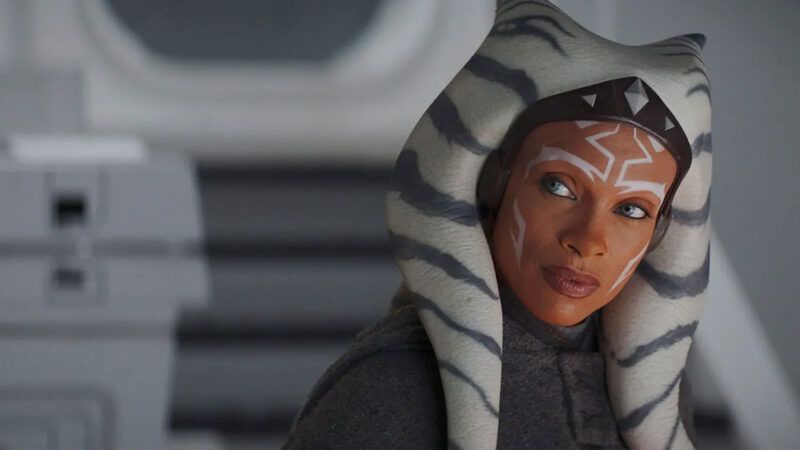Review: Ahsoka Rejects Star Wars' Good-vs.-Evil Binary
George Lucas divided his universe into light and dark. Dave Filoni is dissolving that worldview.

Since its inception in 1977, the Star Wars universe has always been divided between two poles: the light side of the Force, a mystical power embraced by the series' heroes, and the dark side, embraced by its villains. This moral-spiritual binary was explicitly literalized in the form not only of psychic powers but of the colors of the green and red laser swords—er, lightsabers—the heroes and villains fought with.
This was a universe torn between two totalizing, collective ideologies. Darkness and light, goodness and evil: the franchise's central conflict was entirely binary.
But over the last decade and a half, that schematic worldview has steadily dissolved under the oversight of Dave Filoni, the mastermind behind several animated Star Wars series as well as the live-action Star Wars: Ahsoka, which debuted on Disney+ this summer. Filoni has shaken Lucas' polarized binary, replacing it with a more nuanced view of the Force and the choice it offers.
In Ahsoka, the binary is explicitly rejected by the titular hero, who trained as a Jedi in the tradition of light but broke away from the ethos—and saw her master, Anakin Skywalker, turn to the dark side. Ahsoka is clearly a hero, but she rejects the moral collectives represented by the light and the dark, and the unwinnable battle for moral and political victory they are locked in.
The series attempts to reckon with the schematic worldview of Lucas' original movies and to pull the franchise beyond its simplistic setup. Life, it seems to say, is more than light and dark, good and evil, heroes and villains—it's a series of individual choices that are not always so easily categorized.
Show Comments (59)